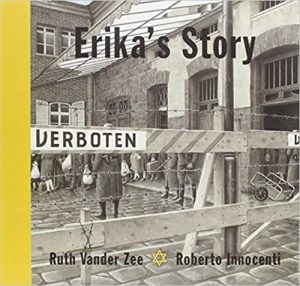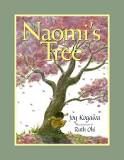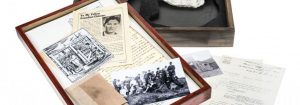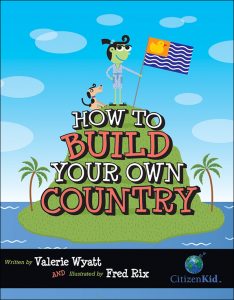

In Social Studies and Language Arts this term we have been looking at injustices faced by different minority groups, mostly during the period around World War II. Students completed inquiry projects, researching questions they had about the war. Some of these questions were: Why did Japan attack Pearl Harbor? How did different countries communicate during the war? Why did Hitler want to take over Europe? Which countries were occupied and how did the war end?
Students read two picture books, Erika’s Story and Naomi’s Tree and identified similarities and differences in the experiences of the young girls in each story. Both of these books are true stories of the lives of the protagonists, one in Germany and one in Vancouver, during the war.
The comparisons made in these stories led us to look more locally at Canada’s historic treatment of different minority groups and examples of past discriminatory government policies and actions. We have specifically been learning about British Columbia’s treatment of Japanese Canadians during World War II.

 This term, we learned about how countries are created. Students began this project by exploring their own values and then forming country groups with others based on common values. Each group chose a name and motto and designed a flag. They wrote and presented an original anthem and wrote their own charter of rights. Finally, the groups created three levels of government and allocated responsibilites at the municipal, provincial and federal level.
This term, we learned about how countries are created. Students began this project by exploring their own values and then forming country groups with others based on common values. Each group chose a name and motto and designed a flag. They wrote and presented an original anthem and wrote their own charter of rights. Finally, the groups created three levels of government and allocated responsibilites at the municipal, provincial and federal level.


